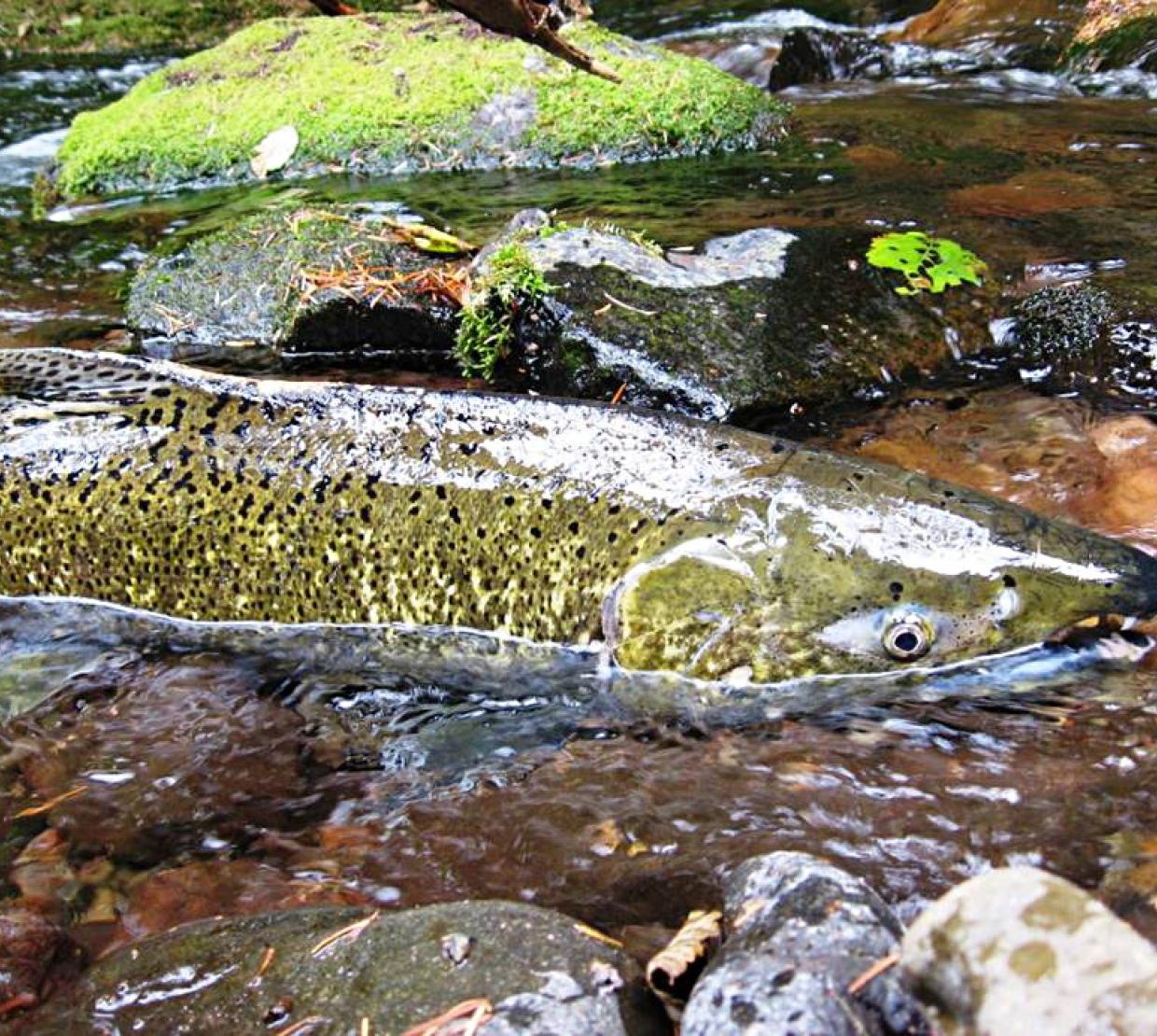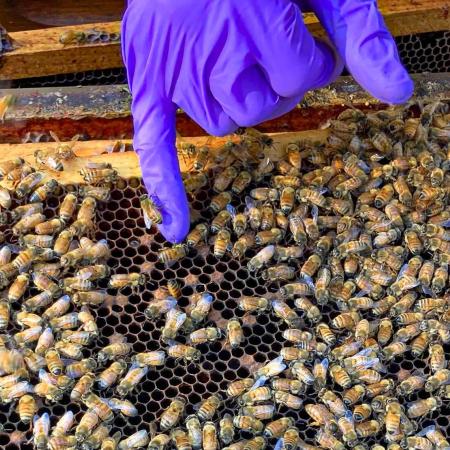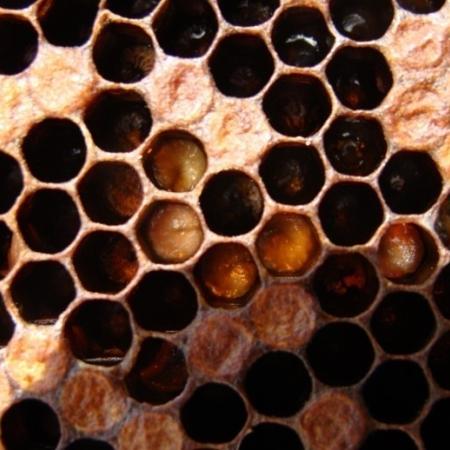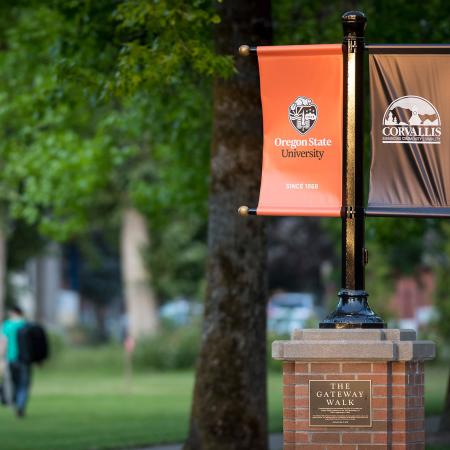Oregon State University researchers have discovered vitamin B1 produced by microbes in rivers, findings that may offer hope for vitamin-deficient salmon populations.
Findings were published in Applied and Environmental Microbiology.
The authors say the study in California’s Central Valley represents a novel piece of an important physiological puzzle involving Chinook salmon, a keystone species that holds significant cultural, ecological and economic importance in the Pacific Northwest and Alaska.
Christopher Suffridge, senior research associate in the Department of Microbiology in the College of Science, and doctoral student Kelly Shannon examined concentrations of thiamine and the microbial communities in rivers of the Sacramento River watershed. Thiamine is the compound commonly referred to as vitamin B1 and is critical to cellular function in all living organisms.
“This study is the first-ever report of thiamine compounds in salmon spawning rivers and the associated gravels where salmon spawn,” Suffridge said. “This source of thiamine has potential implications for reducing health impacts on naturally spawning salmon that are suffering from thiamine deficiency complex.”
TDC, an emerging threat to the stability of West Coast salmon populations, has affected salmon and trout in lake systems in northeastern North America and Atlantic salmon in the Baltic Sea.
Chinook salmon in the Central Valley have recently been diagnosed with TDC, the researchers note. Afflicted female salmon that return to rivers and streams to spawn can pass the deficiency on to their hatchlings, which have problems swimming and experience high mortality rates.
“In California, most hatchery-spawning Chinook salmon are treated with thiamine to prevent TDC,” Suffridge said. “However, it was previously unknown if there was a source of thiamine in the environment that could potentially rescue naturally spawning salmon afflicted with TDC. We have now identified microbially produced thiamine in natural salmon spawning habitats.”
“It's a complicated issue,” Shannon added. “The broader context is that Central Valley Chinook salmon, as well as some populations of salmon in other places, are becoming thiamine deficient because of shifts in their diet in their feeding grounds.”
Read more here.




